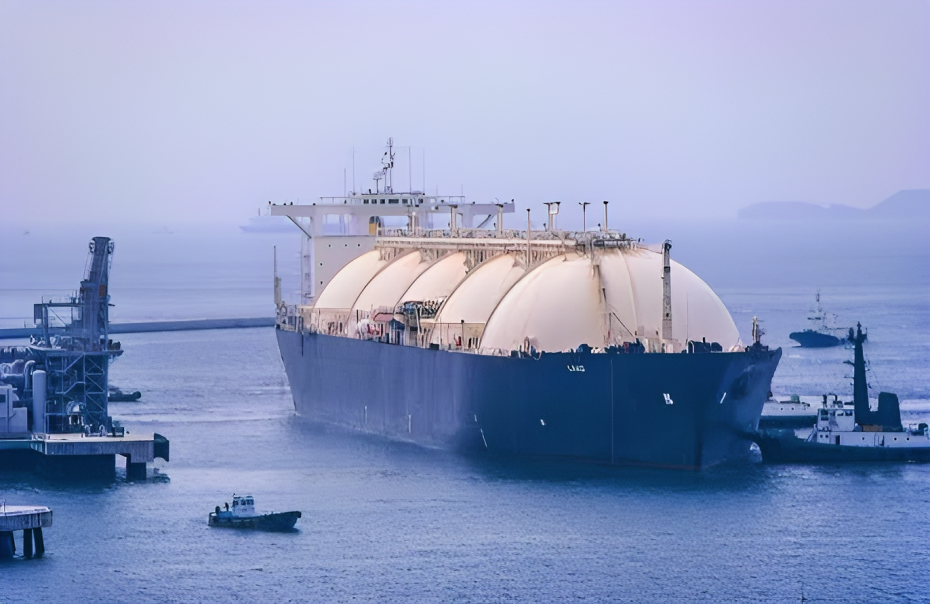Africa is experiencing a surge in natural gas production and exports, driven by global demand and the development of new and innovative technologies. The continent has abundant gas resources, estimated at 620 trillion cubic feet, that could provide energy access and economic growth for millions of people. However, challenges such as financing, infrastructure, and environmental impacts remain.
One of the main drivers of Africa’s gas boom is the growing demand for liquefied natural gas (LNG) in Europe and Asia, especially as the world shifts to lower-carbon energy sources. LNG is natural gas cooled to a liquid state, making it easier to transport and store. Africa currently exports 40 million tons per annum (mtpa) of LNG, mainly from Nigeria, Algeria, and Egypt. This is expected to increase significantly in the coming years as new projects come online in Mozambique, Senegal, Mauritania, Congo, and other countries.
According to Westwood Global Energy Group, Africa will add 10.2 mtpa of new LNG capacity by 2027, most coming from floating LNG (FLNG) facilities. FLNG is a technology that allows gas to be processed and liquefied on a ship or a platform at sea, bypassing the need for costly onshore infrastructure and reducing the impact on local communities. FLNG also offers flexibility and speed, as it can be deployed four years after investment, compared to 10 years for onshore projects.
Some of the major FLNG projects in Africa include the Greater Tortue Ahmeyim project on the border of Senegal and Mauritania, operated by bp; the Coral South project in Mozambique, operated by Eni; and the Marine XII project in Congo, operated by New Fortress Energy. These projects are expected to start production in 2023 or 2024, contributing to Africa’s economic development and energy security.
However, FLNG is not without challenges. It requires high upfront capital costs, complex engineering and logistics, and strict safety standards. It also faces competition from other gas supply sources, such as Russian pipeline gas or shale gas from the US. Moreover, FLNG has to contend with the uncertainties of the global gas market, which is influenced by geopolitical tensions, weather patterns, and demand fluctuations.
Another challenge for Africa’s gas sector is balancing export ambitions with domestic needs. Despite its vast gas resources, Africa still suffers from widespread energy poverty, with more than 600 million people lacking access to electricity. Gas could play a key role in providing affordable and reliable power for households and industries and reducing greenhouse gas emissions from coal and oil. However, this requires investment in gas infrastructure such as pipelines, power plants, and distribution networks, as well as supportive policies and regulations.
Africa’s gas potential is enormous but comes with risks and responsibilities. The continent needs to ensure its gas development is sustainable and inclusive, benefiting its people and the planet. As the International Energy Agency (IEA) stated in its recent report on Africa’s energy outlook: “The choices that African governments make today will shape their energy systems for decades to come.”
Source: OilPrice.com



